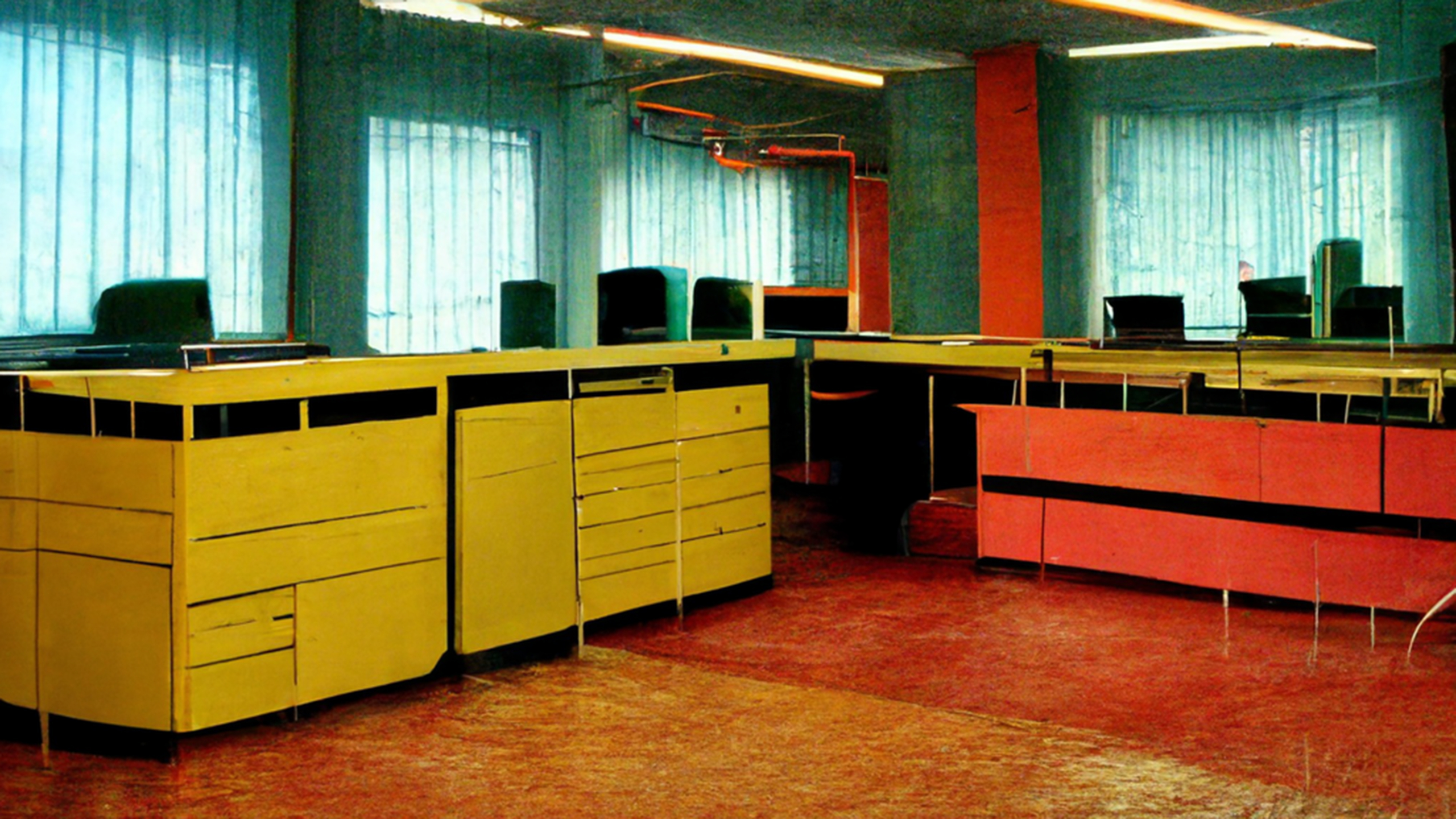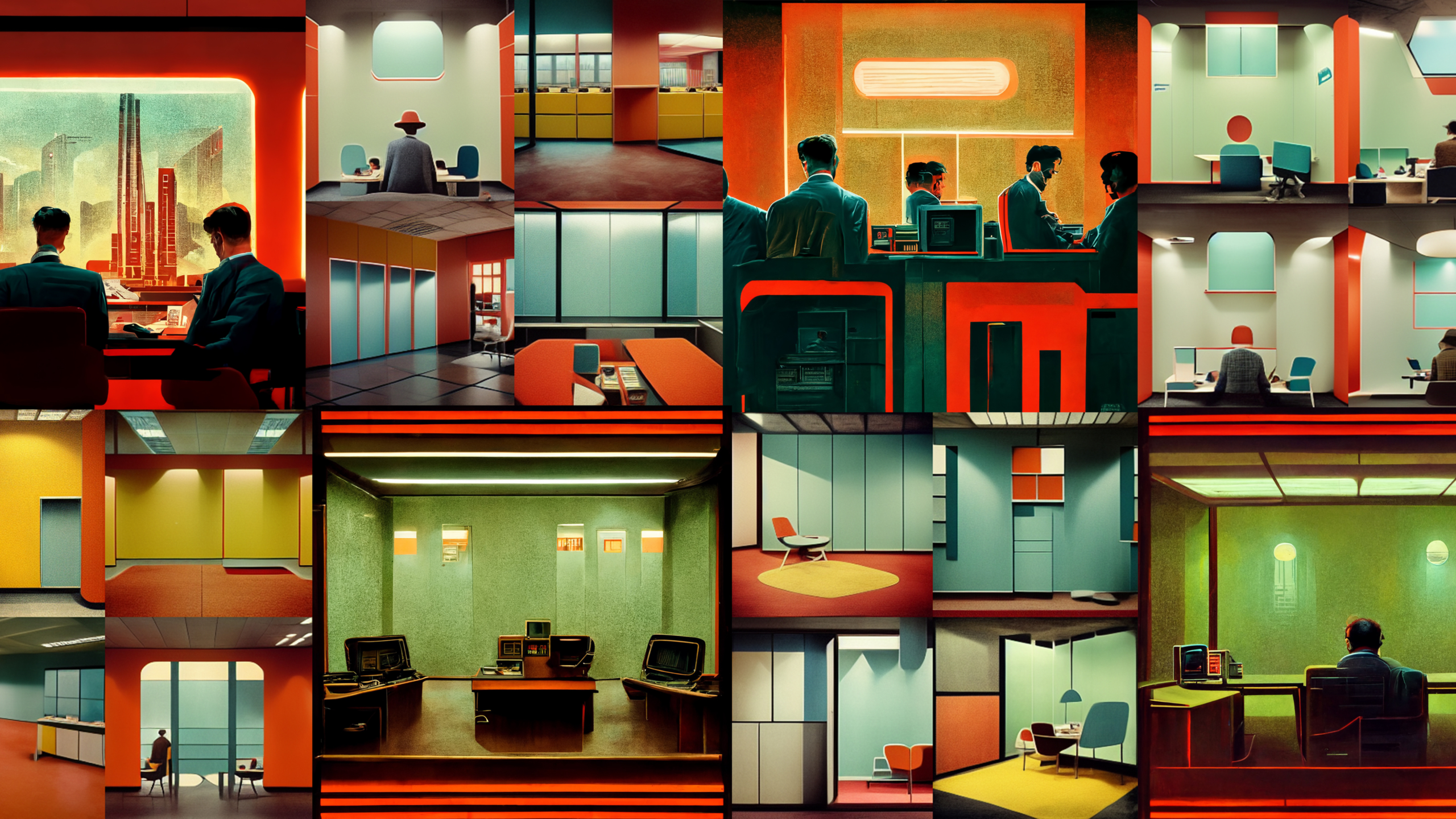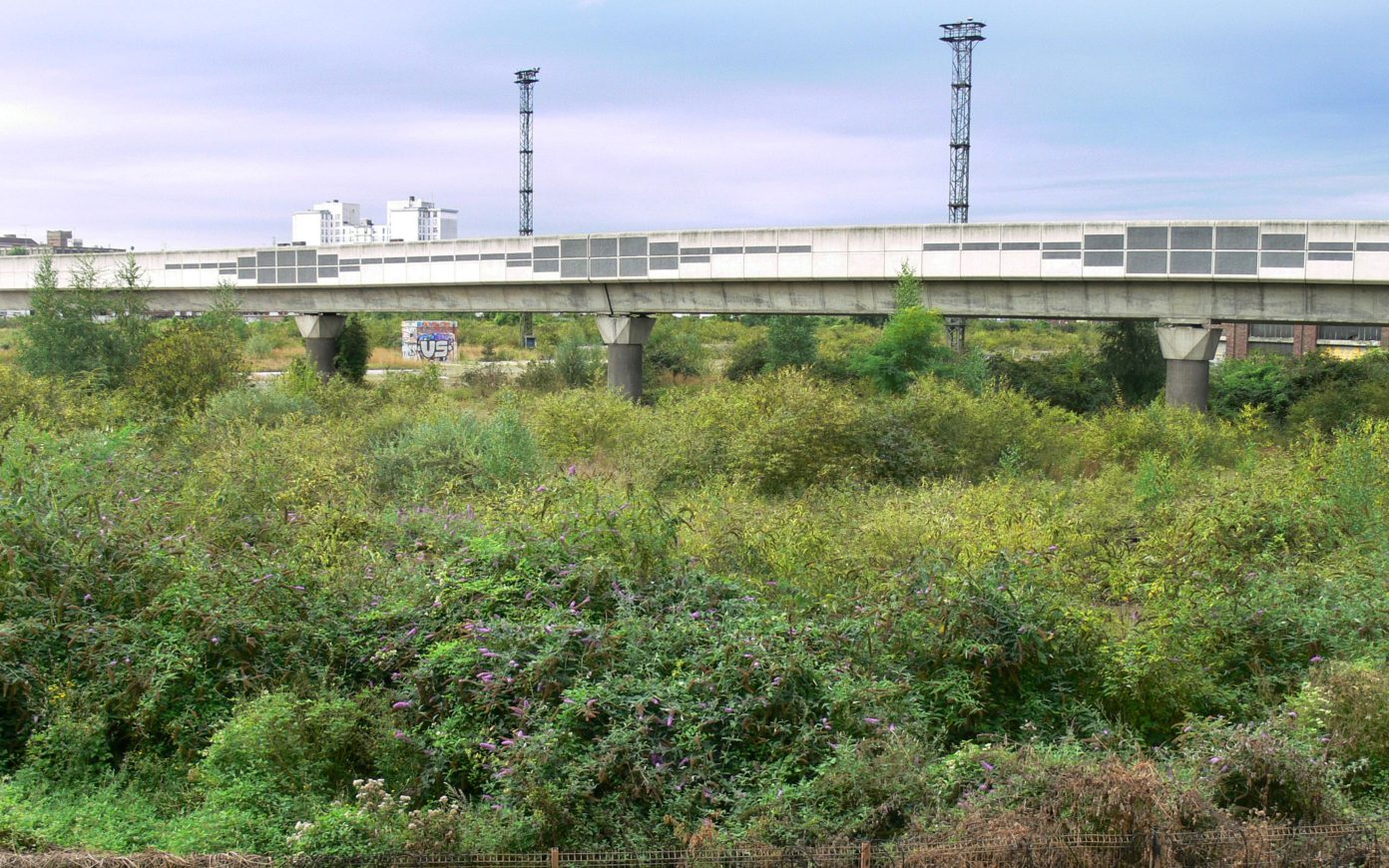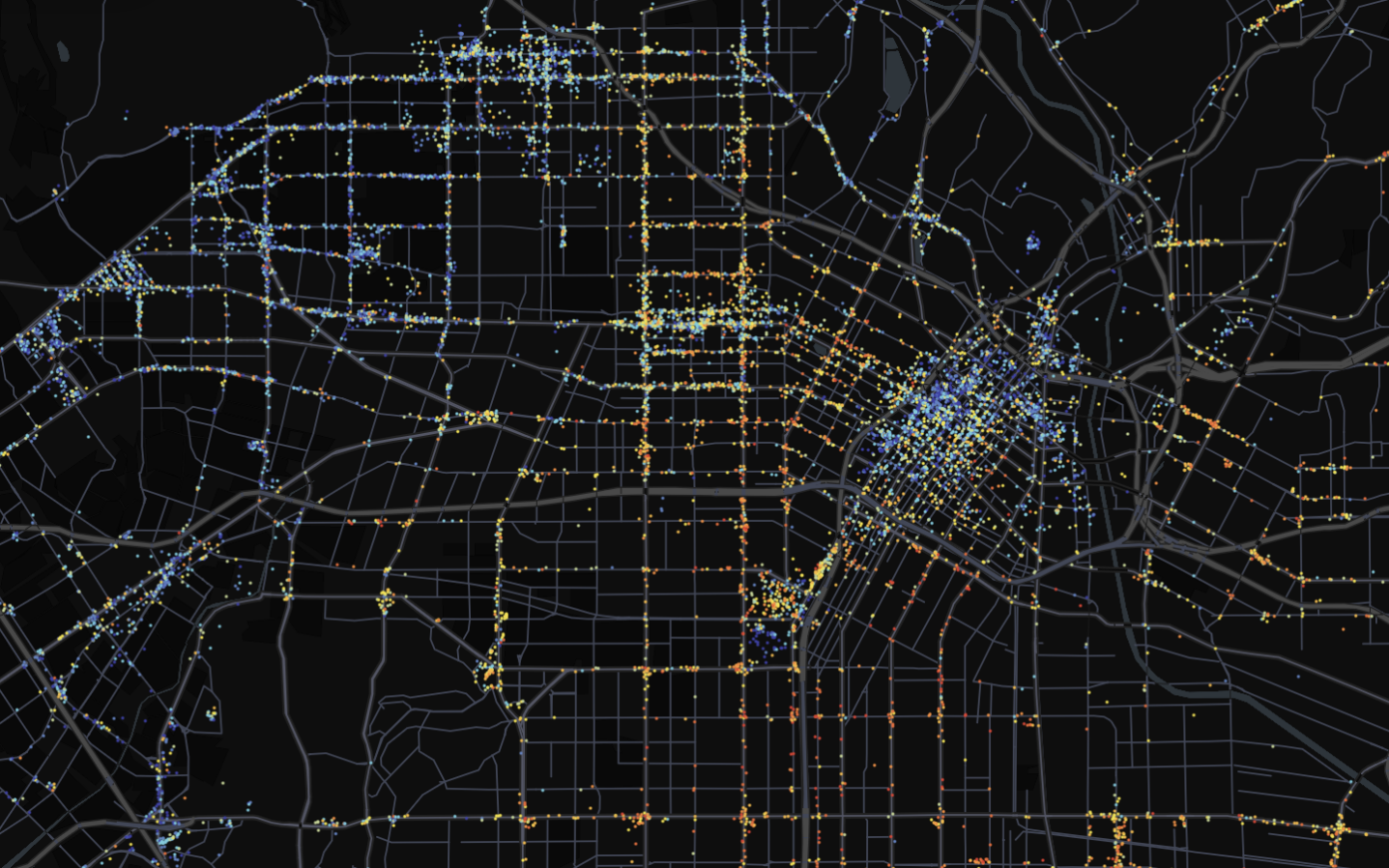The 1980s—When Technology Questions the Future of the Office
The 1980s mark the first period during which strategic foresight was used to question the future of the office. Exhibitions, symposiums, and publications abounded. The exhibitions devoted to the topic by the Paris Museum of Decorative Arts in 1984 (L’empire du bureau 1900-2000 [The Empire of the Office, 1900–2000]) and later by the Centre Pompidou in 1986 (Lieux? de travail [Places? of Work]) testify to this. Both events look back on the development of the office building, starting with its functionalist origins and the strong linkages between its interior layout and the grand theories of management. The open-plan office, with its wall-less layout, became widespread in the 1970s and was designed for optimizing work processes. The advent of modern communication tools no longer required dividing office space up based on the company’s organizational structure and the workplace became a serial surface. The shift towards the service economy and the spread of robotics, automation in production workshops were unerringly leading towards the homogenization of working spaces.
In this context, the advent of digital technology, then still called “office automation”, was of major concern. By further pushing a form of virtualization of the workplace, it brought players in the office real estate sector to have new considerations. For example, what would the implications be on office jobs, and as a result, on how offices are organized?
This question was also the subject of two national competitions by the Programme Architecture Nouvelle de Bureaux (PAN Bureaux), which were held in 1985 and 1988 by the French Ministry of Urban Planning, Housing, and Transport and focused on promoting new approaches in office architecture. Similar to current Europan competitions, the aim was to foster activity around architectural research and innovation, in a forward-looking spirit, in order to address major social, economic, technological, and urban challenges (in this case referring to “energy management, working conditions, office automation systems integration, and construction processes”).
Finally, and again in 1985, the “Prospective 2005” symposium, organized by the General Planning Commission and the French National Center for Scientific Research (CNRS), proposed scenarios for 2005 based on the dissemination of office automation and industrial automation. The symposium’s findings pointed to an increased abstraction of both the focus of work and its tools. This has resulted in the blurring of boundaries between work and non-work, and its corollary, between office and home. “Though it’s unlikely that full-time teleworking (working entirely from home thanks to telematic links) will develop, it is certain that an increasing number of jobs will allow for some proportion of remote work or continuing education at home. The design of workplaces will also have to reflect this gradual disappearance of the boundaries between places of work, training, consumption, and family life” (Lasfargue, 1986). This paradigm shift was viewed as portending new forms of organizational conflict, making the projected workplace of 2005 something that would necessarily have to be “negotiated.”





